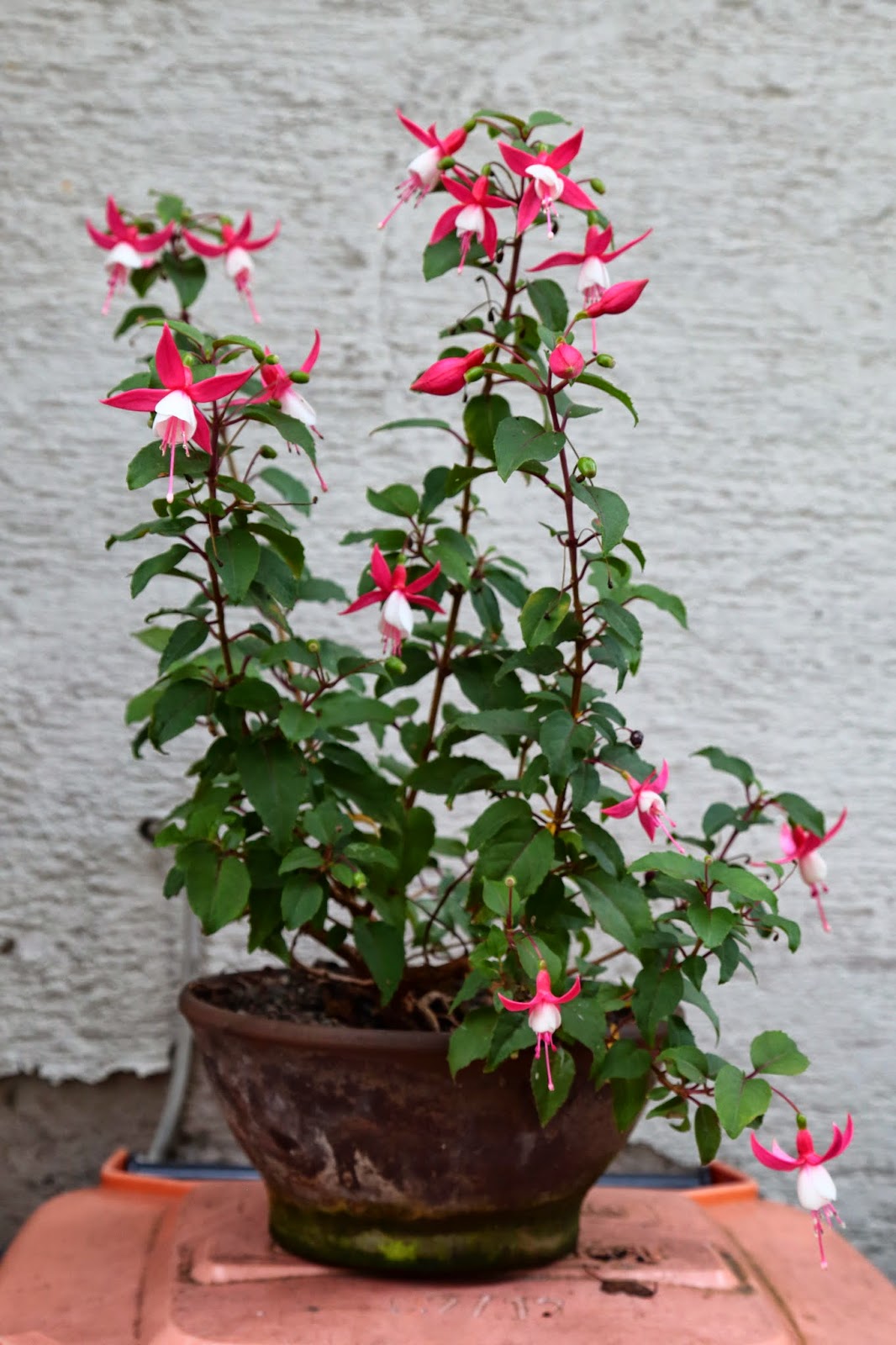order: myrtales
family: combretaceae
genus: terminalia
species: catappa
First story
16 june 2014
For me sea almond is such a beautiful tree, because it has always been there throughout my life before I left home on the tropical Borneo island. I liked that it has huge leaves. I liked that the leaves turn red. I liked that its fallen leaves make the crushing sound when I walk underneath the tree. I even liked its rotting fruits which were once my companion while waiting to be picked up by my father after school. I liked to crush them with my school-shoe-covered feet. I had no idea what the tree was called and like many modern kids, we never bothered to find out.
For a long time I didn't see any sea almond planted in the areas I lived. Perhaps I didn't because I no longer had to wait to be picked up. I became busy with studies, urbanised. This tree never came back to my mind until one day it appeared in my dream. First it was just a vague image, with that I tried everything I could to find out what it is, and I did after several months of research. With the help of the www, I could easily look up details of the plant, and suddenly all the familiar pictures were in front of my eyes! I was rejoiced.
Fortunately I still have my family to visit in that part of the world. Before I flew home the first time in many years I wrote a list to remind myself what I'd like to do and should not forget. Collecting their seeds is on that list. A trip to the beach was all it took for me to gather a few of them. They came past the custom with no problem. When I got home that cold and dark spring in 2013 I immediately burried two seeds with their husks still on into pots of soil. It took nearly half a year for the seeds to germinate, one after another, when the summer was just about to be over. I must mention that the unfurling of the cotyledons provided such a show.
Seedlings were weak during the dark winter months. Both seedlings were attacked by some kind of fungus on their stems. While one gradually perished the other one is still alive at present. It's still alive but it's not doing much. I found some hobby gardeners with very healthy and strong young plants. That makes me really envious. I want to be able to enjoy a big plant too instead of having to worry about the fungus taking over. I burried another seed last week. This time, I removed the thick husk and took out what's looking like an almond seed from within. I'm hoping that it's still viable and that it's going to strike sooner.
 |
| unfurled cotyledons. |
Update
13 september 2014
 |
| topview, september 2014. |
 |
| sideview, september 2014 |
The growth of my plant has been very slow. With the onset of summer, I brought my catappa outside in the garden. Unfortunately there were only very few warm days this year. Summer went past with only half a dozen of new leaves. Those few rainy nights that brought the temperature down to 10°C managed to paint some red dots and patches on the leaves. Seeing that the plant didn't perform very well outside, I finally brought it back into my room 2 weeks ago. And since then, it has already grown 2 more new leaves. That's one leaf per week!! Why have I waited so long to make this decision??
R.I.P
2015
It didn't make it through the cold months this year. It's been too cold in my room most of the time since we decided to cut down heating out of ecological reason. Gardening shouldn't have a negative environmental impact. If plants can't adapt to the colder temperature, then we simply won't keep them here. They belong to their tropical homes where they get plenty of sunlight and warmth for free.
With our neighbour's spurges on the south side growing taller and taller, the room has become darker each year. The plant was simply not very happy to be in these conditions for so many months. It finally gave up enduring.
It's a pity not to be able to keep a catappa, which is my childhood tree. But well, I still have many other childhood plants around me that are growing bigger by the day, such as different varieties of frangipanis, a pandan plant, several pineapple plants, a small mango tree and MANY more, which I'm struggling with providing more space for. They have different levels of tolerance for our colder clime here but have been with me for years. Only time will tell if they can be with me indefinitely.















